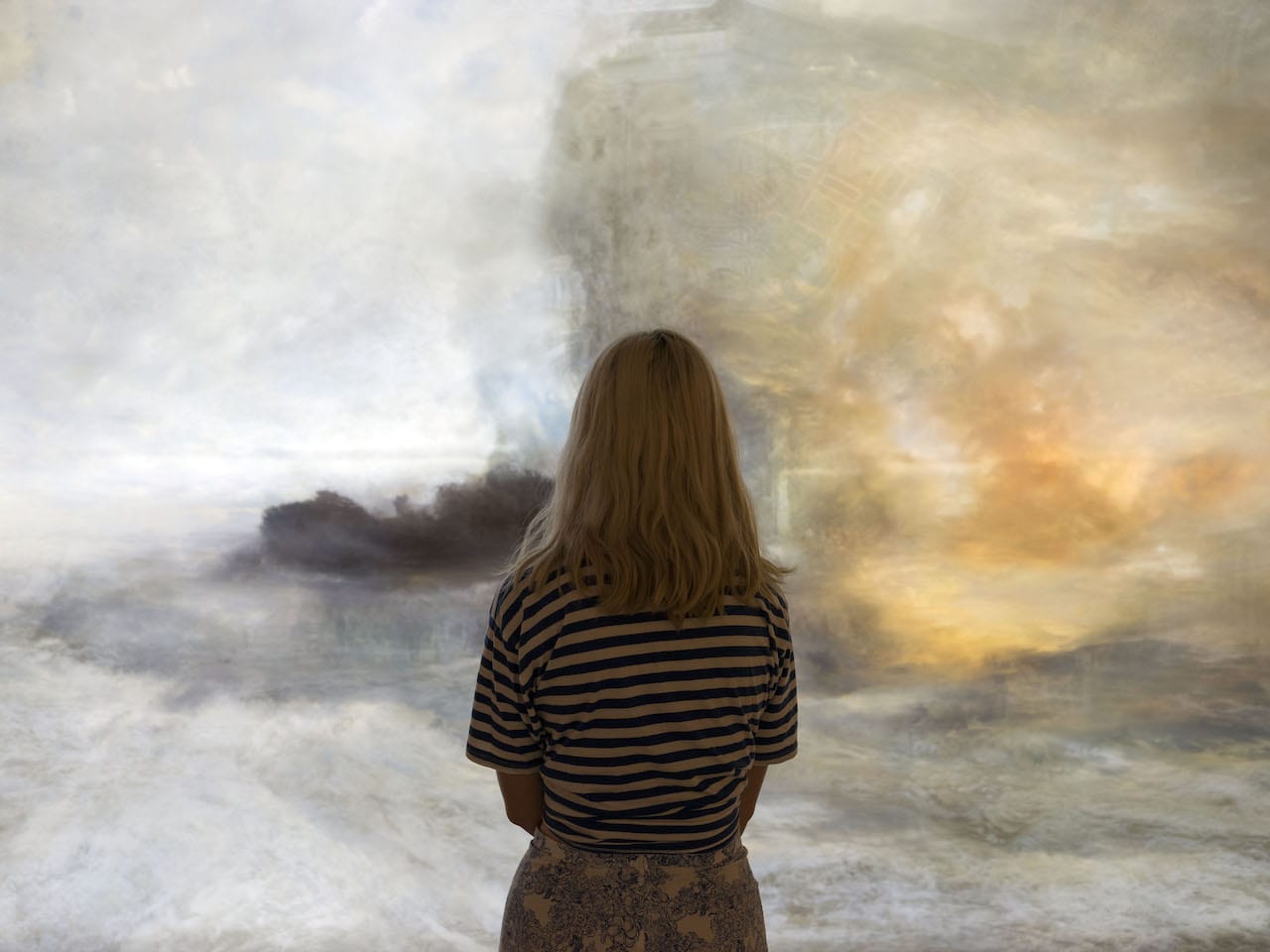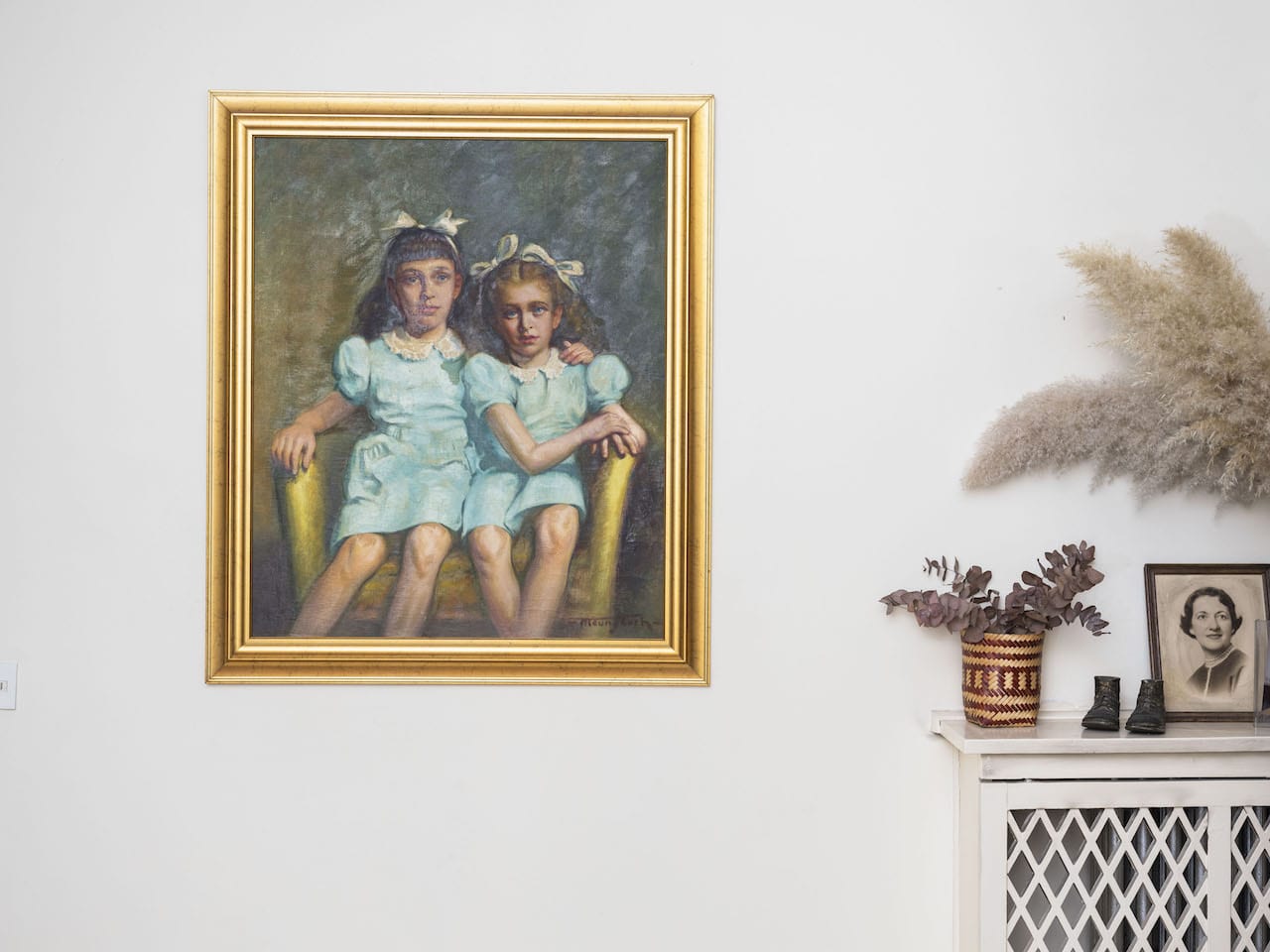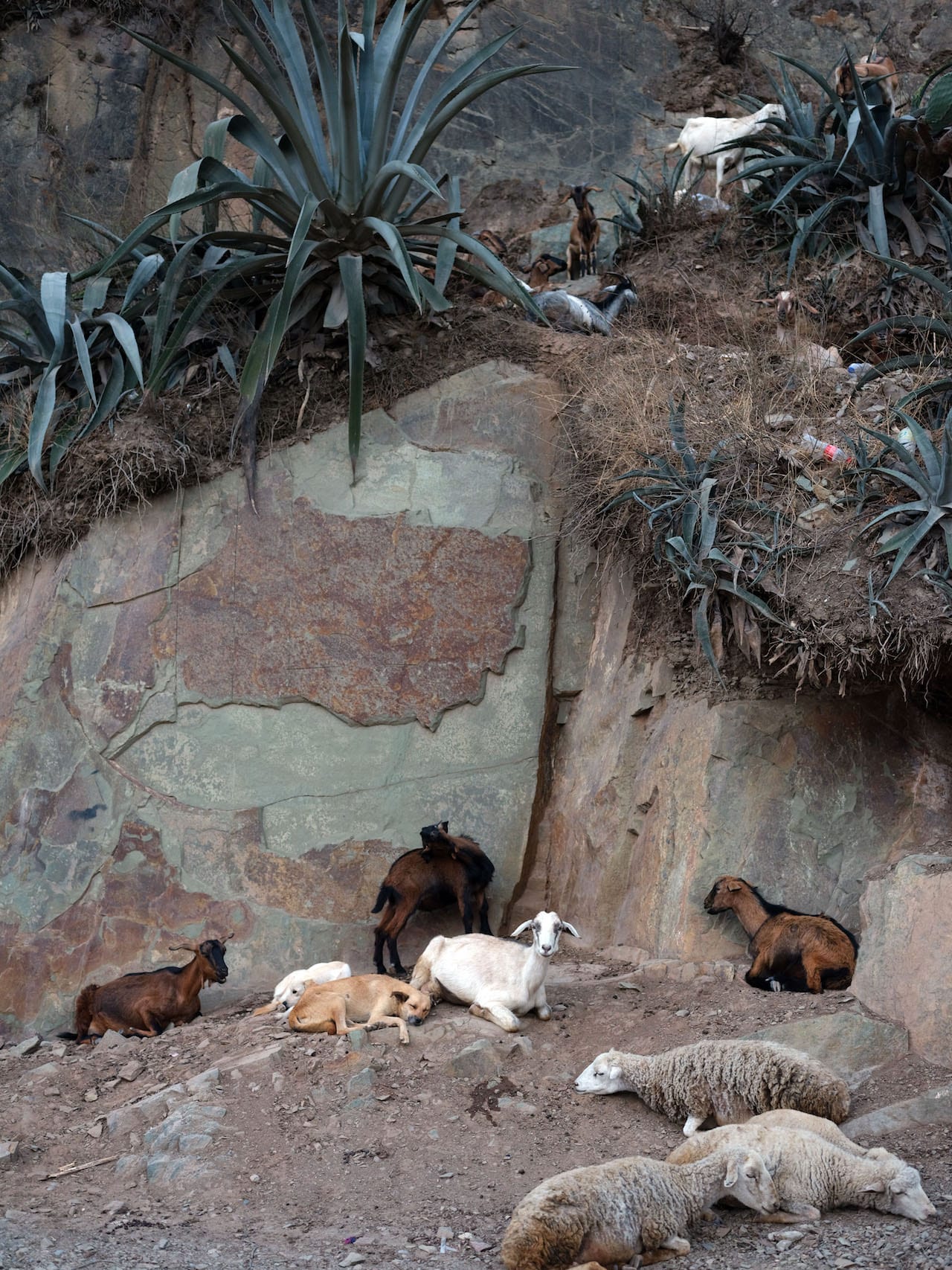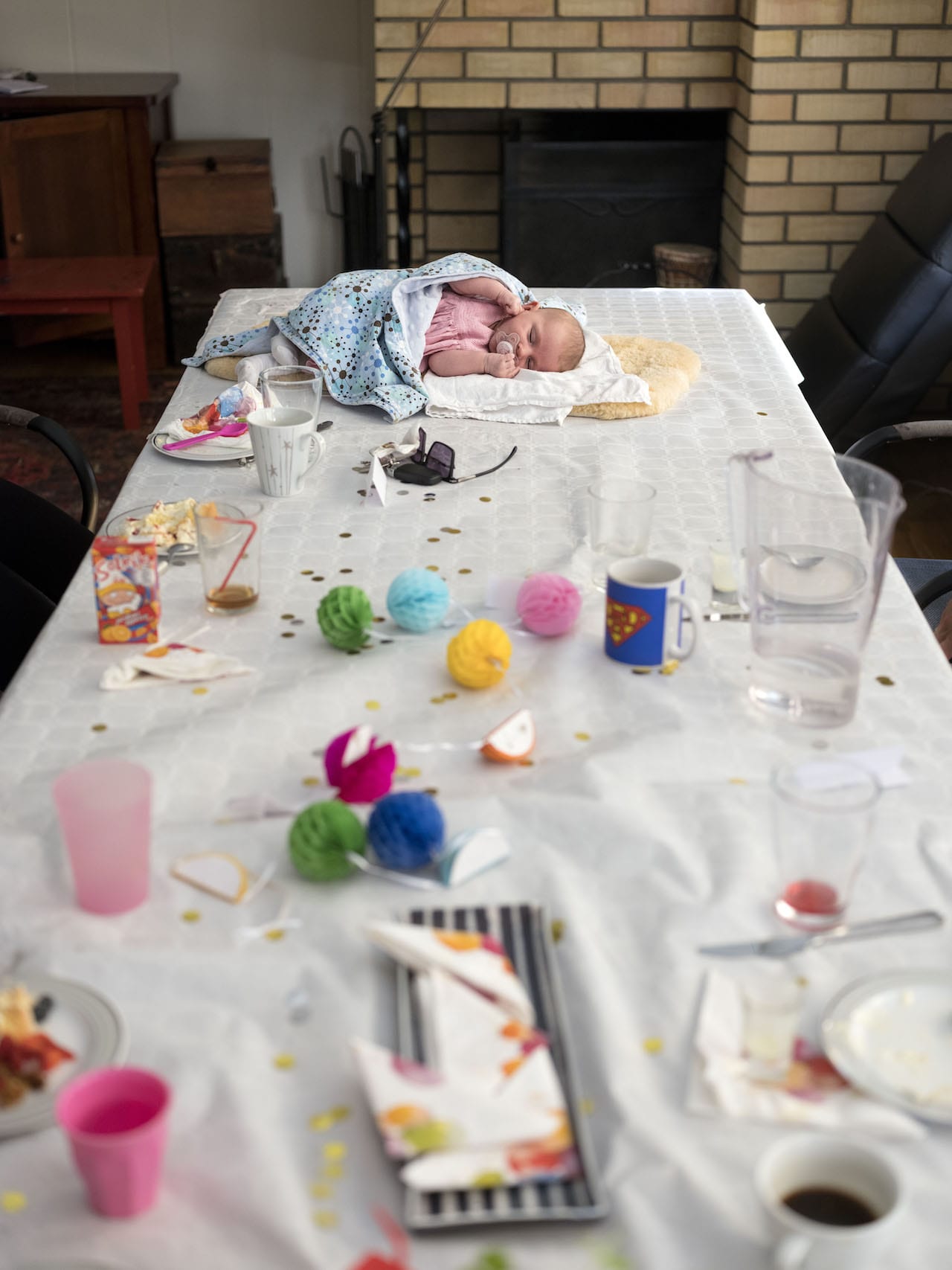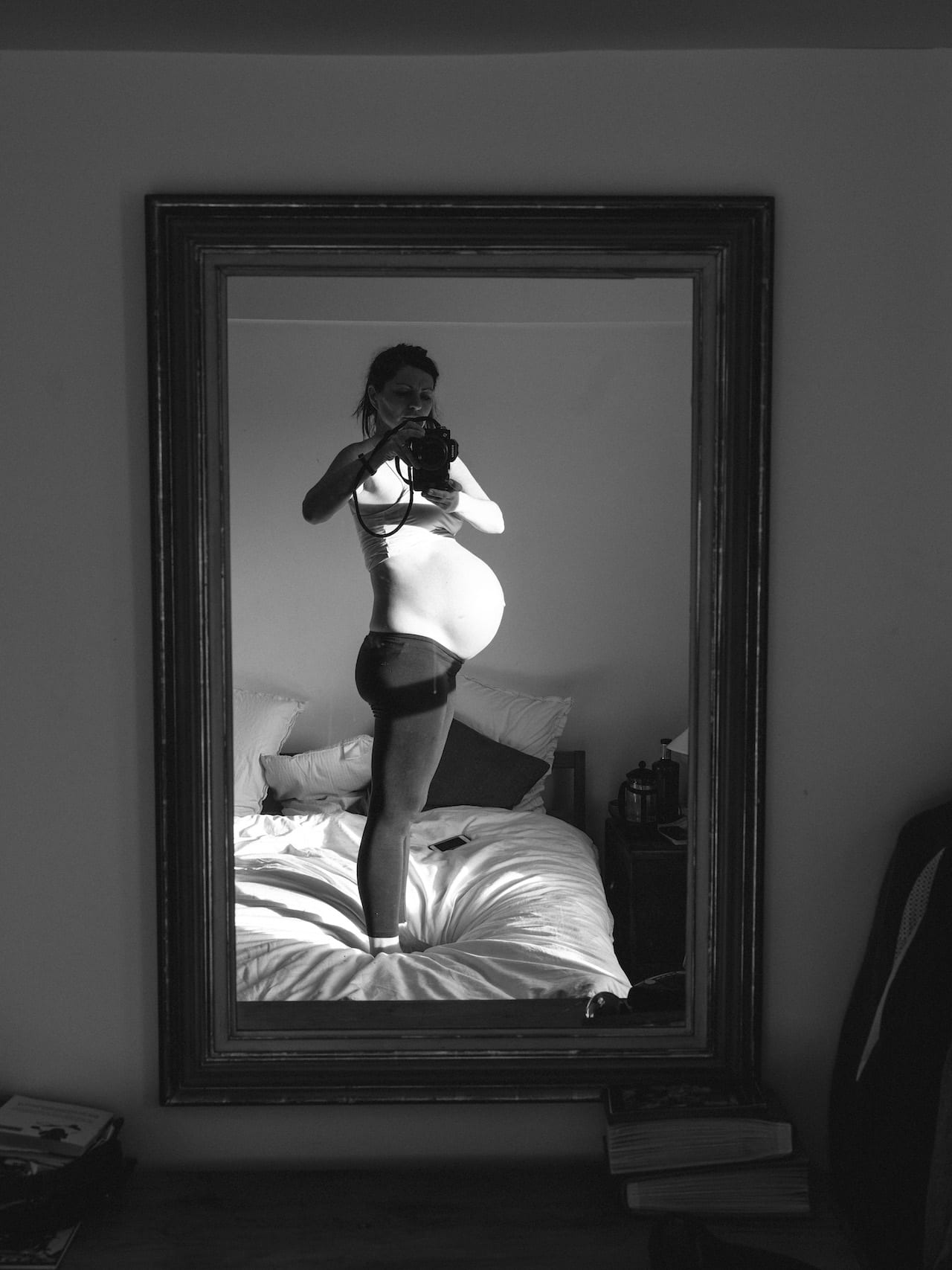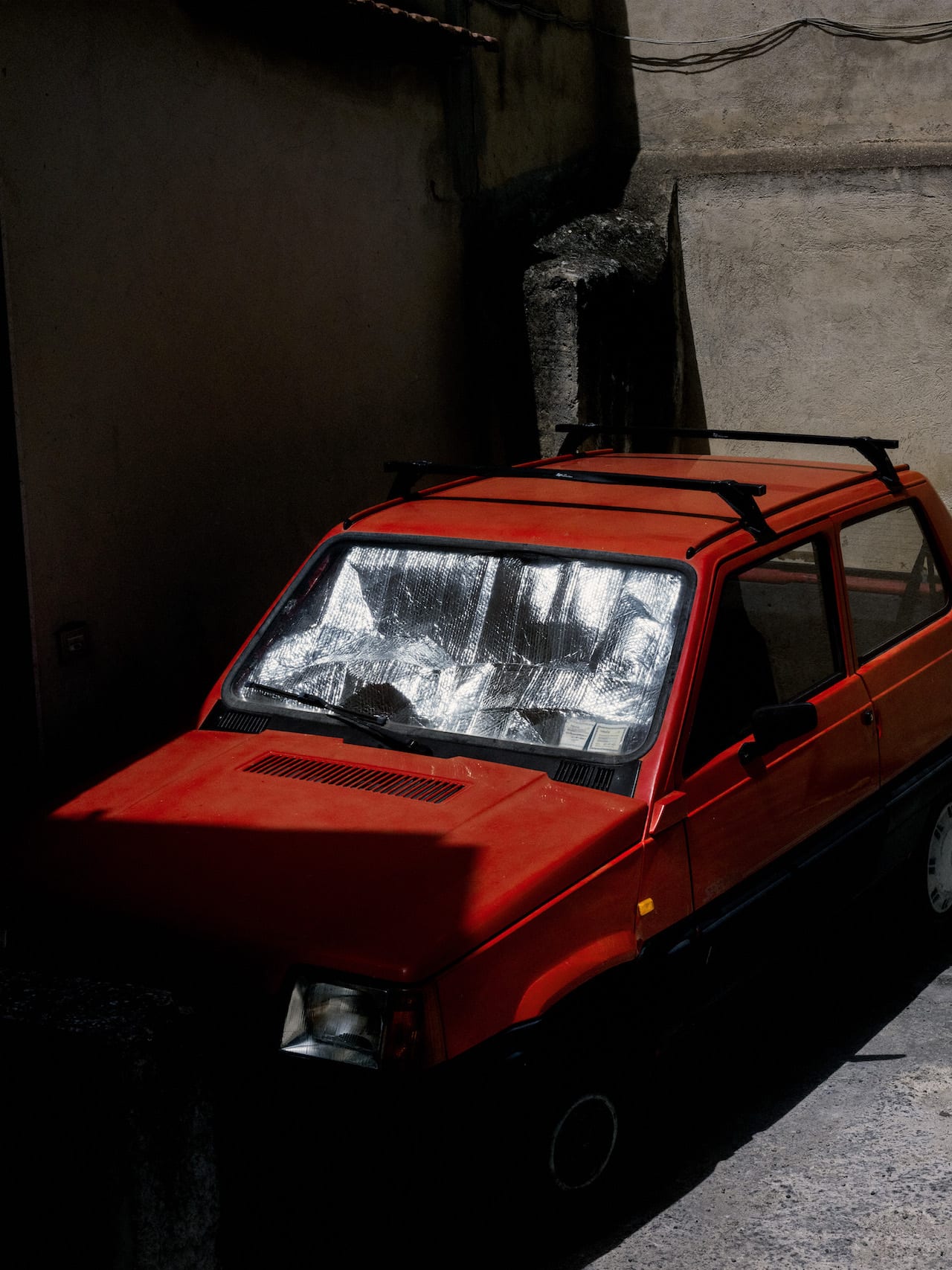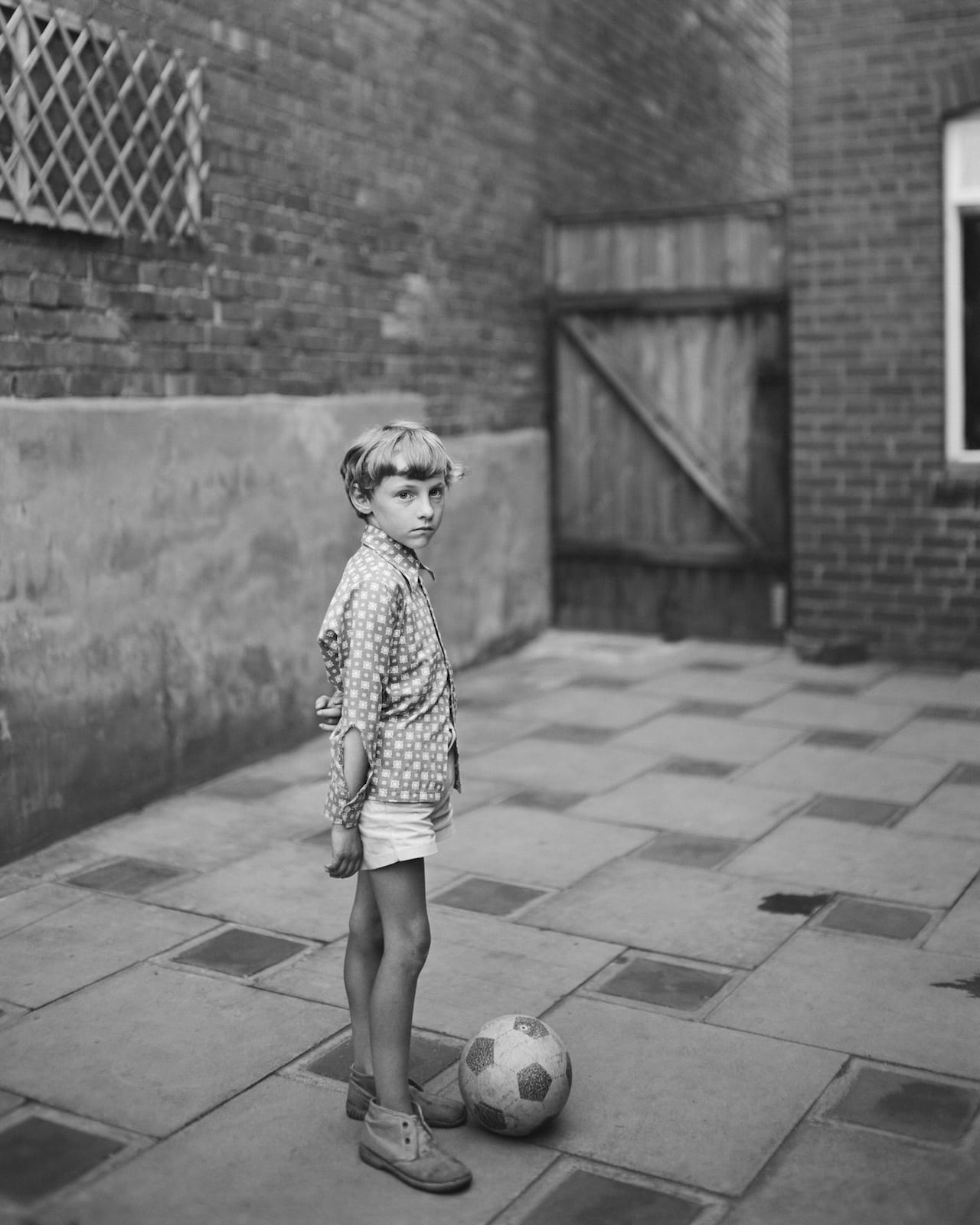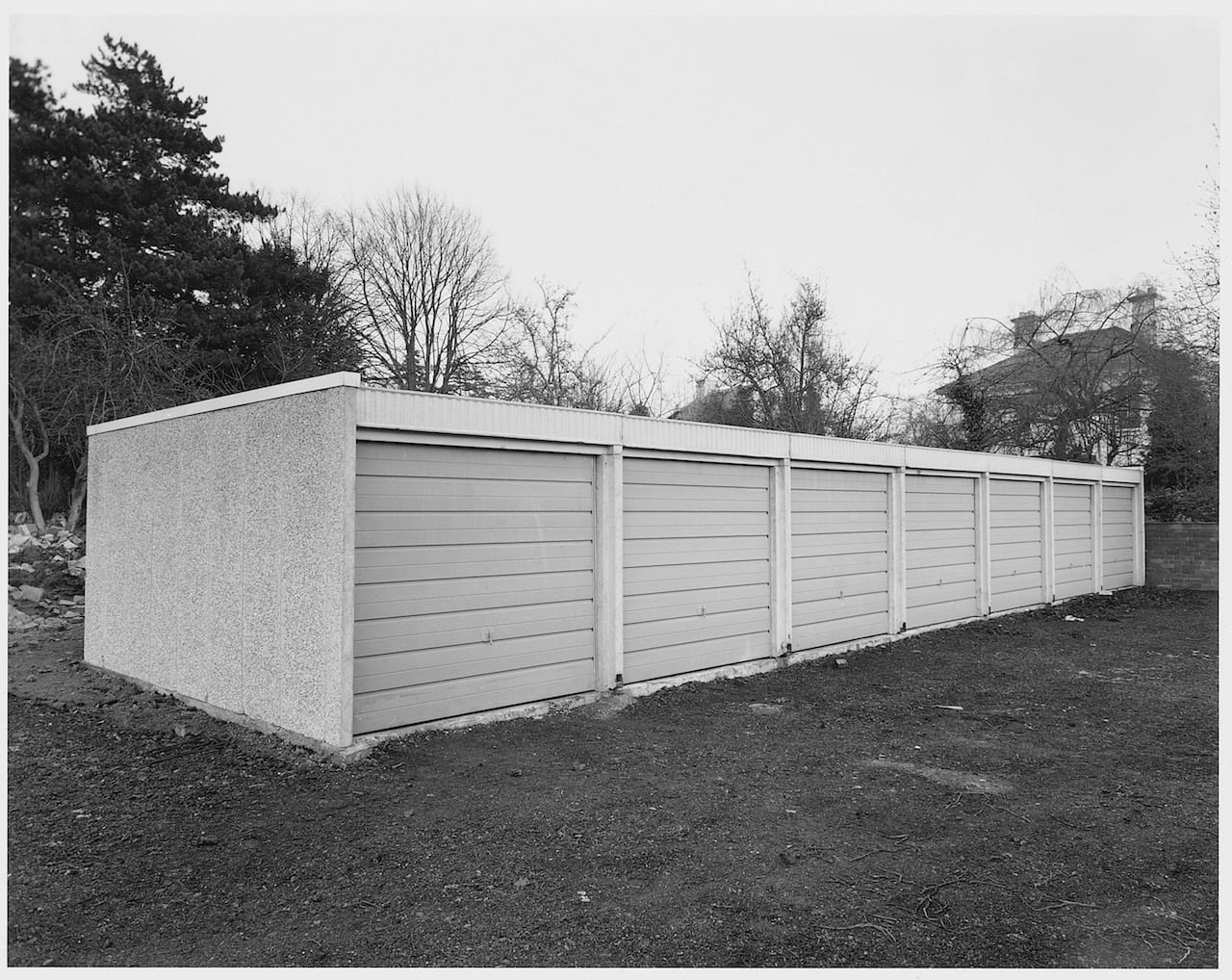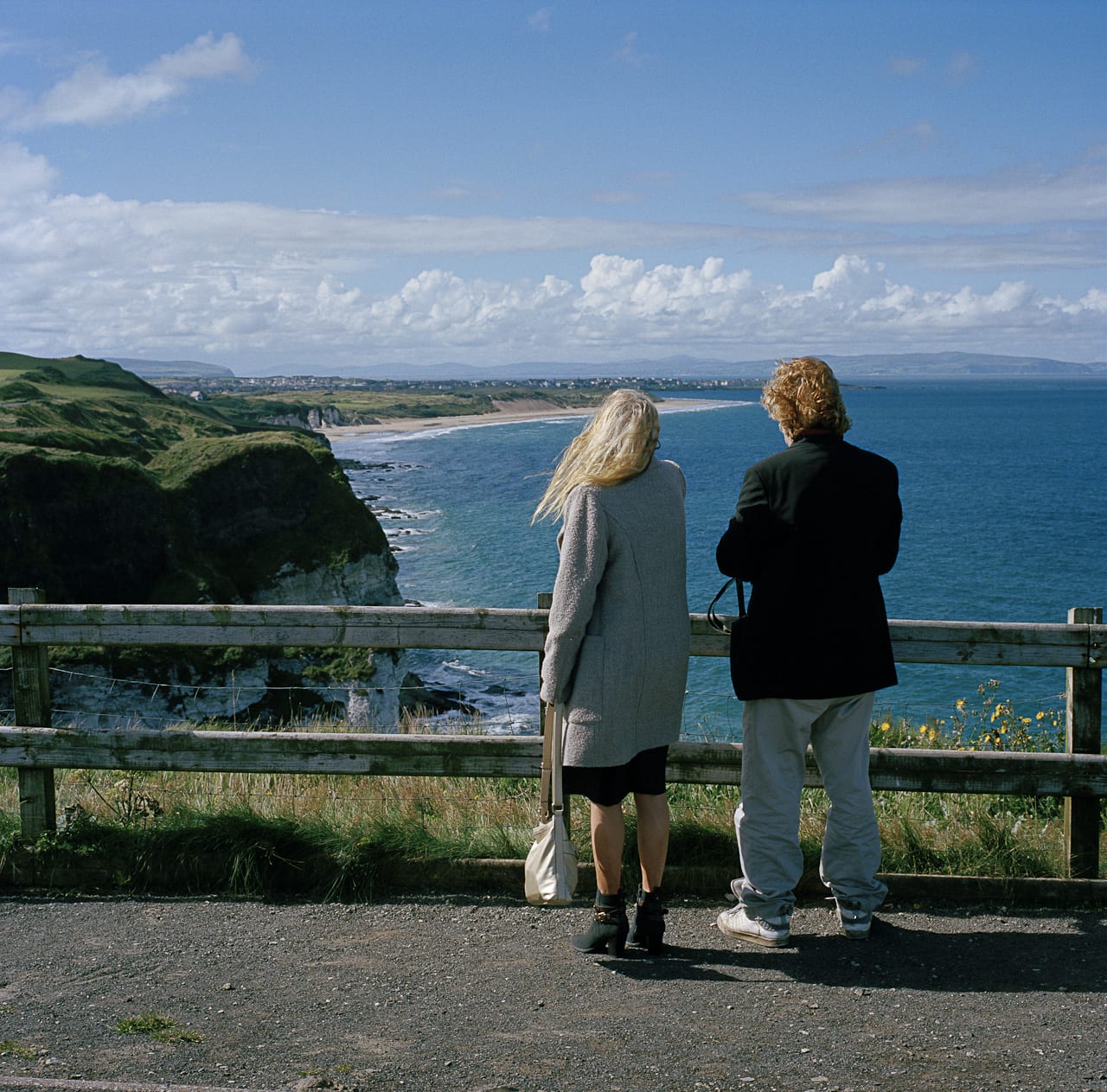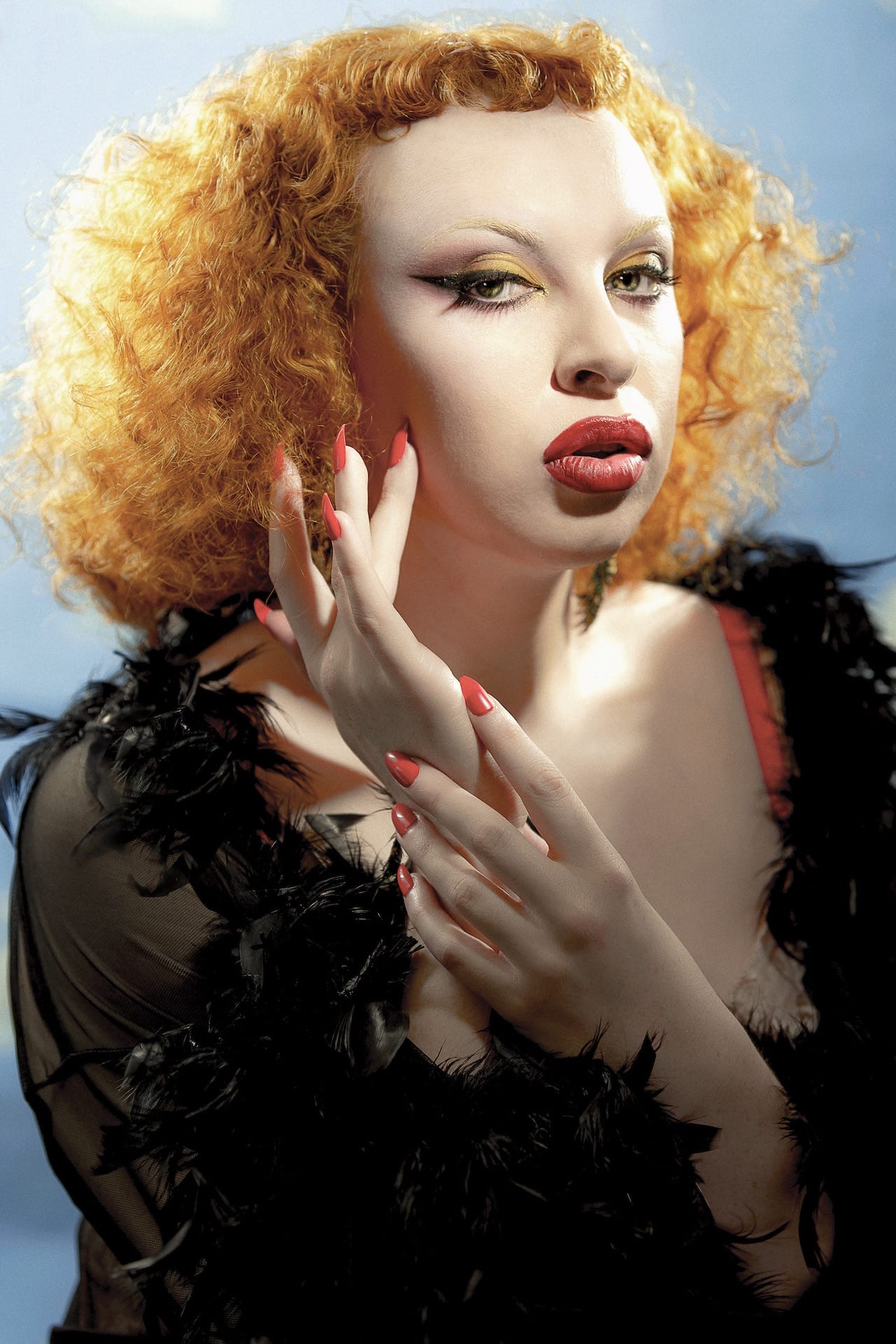When he first heard about the HOME project, Brighton-based photographer Mark Power’s immediate reaction was to make something personal. “Home is such an abstract concept,” he says. “For instance, if I’ve been travelling abroad for a while I’d probably consider my home to be England. If I’m already there, then I might think of Brighton as home. In Brighton I’d probably think of my house.” Ultimately though ‘home’ translates as family for him, and by coincidence the project landed just as his family was undergoing seismic change. “By chance, the subject was staring me in the face – our daughter Chilli was leaving home in September, moving to London to begin a degree in Fine Art at Goldsmiths University,” explains Power. “Ironically, this date coincided almost exactly with the deadline to deliver the final project.”
